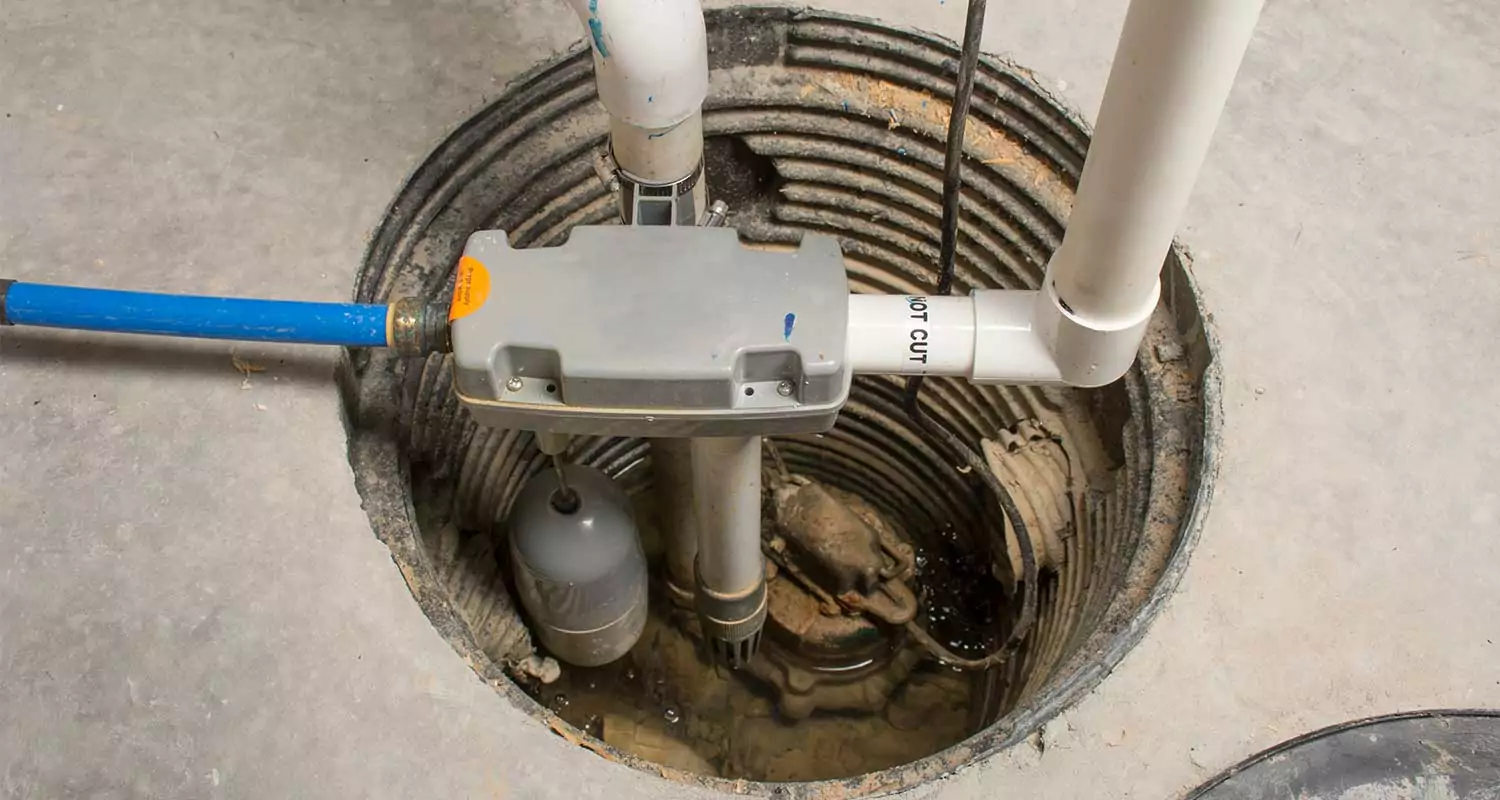Sump pumps are a much needed add-on to many homes, helping prevent water damage that could otherwise lead to mold growth and structural decay.
Homeowners frequently wonder how long their sump pump will last as it represents such an investment in protecting against water damage. In this article we will look at different factors affecting sump pump longevity, as well as common signs that it might be time for replacement.
By following these tips, you’ll gain a clearer idea of the lifespan of your pump and how to ensure its effective operation for many years to come.
Factors Influencing Sump Pump Longevity
Type of Sump Pump
Submersible and pedestal sump pumps are two of the main categories regarding pumps. Submersible pumps operate underwater while pedestal pumps feature motors positioned above water level.
The typical submersible pumps last anywhere from five to fifteen years, while pedestal pumps may outlive them by 25 years or more. Submersible pumps don’t tend to last as long due to constant exposure to water and the risks of corrosion.
Material and Build Quality
Sump pumps come in different types of materials, such as plastic, cast iron and stainless steel. Materials like cast iron and stainless steel tend to outlive their plastic counterparts because they are more resistant to corrosion and have stronger builds. Other higher-quality features, such as seals and bearings, will further add to the pump’s longevity.
Frequency of Use
Longevity depends heavily upon their frequency of usage: those used more frequently could suffer wear and tear that reduces its lifespan; those not in regular use might last longer, due to experiencing less strain from system stressors.
Proper Installation
Proper installation of a sump pump is vital to its long-term performance and must adhere to manufacturer recommendations for best installation results. An improper installation could render your sump less efficient or lead to its premature demise altogether, so always follow these rules for successful performance and consider hiring professional installers like Chambliss Plumbing Company for maximum success in installation.
Sump Pumps Require Maintenance
Regular maintenance is an important step to prolonging its longevity and performing at its optimum levels. This involves cleaning both pump and pit thoroughly, inspecting for debris accumulation, and conducting tests of operation on both. A well-kept sump pump will serve you for much longer and with greater performance capabilities.
Signs It’s Time to Replace Your Sump Pump
Age
Sump pump replacement may be in your best interests if your pump has reached or passed its recommended age. Even though it’s still functioning normally, an older unit could collapse at any moment and lead to costly water damage, should something go wrong.
Frequent Cycling
If your pump is cycling more frequently than it normal does, this could indicate that there’s sump pump problems with either its pump or float switch. Constant cycling could cause motor burnout and shorten its lifespan significantly.
Excessive Noise or Vibration
Unusual noises or vibrations coming from your pump could indicate it has reached the end of its service life, potentially due to worn components deterioration resulting in sump pump failure.
Rust or Corrosion
Visible signs of corrosion on your sump pump could signal its need to be replaced; over time corrosion weakens its structure and decreases effectiveness.
Persistent Odors
Any foul odor emanating from your sump pit could indicate issues with either its pump or drainage system, and should it continue despite cleaning out and correcting drainage problems, it might be time for replacement of your sump pump.
Tips for Prolonging the Life of Your Sump Pump
Invest in a Quality Pump
While it might be tempting to go for cheaper pumps, investing in top-quality brands will save you money in the long run. Quality pumps tend to last longer and reduce replacement needs over time as well as risk.
Install a Backup System
A backup system can extend the lifespan of your primary pump by alleviating strain during heavy rainstorms or power outages, and battery-powered backup pumps can step in should its primary counterpart fail or become overwhelmed, keeping your basement dry and preventing costly water damage.
Keep the Sump Pit Clean
Make sure to keep your sump pit well-maintained by periodically cleaning it and removing any debris which could affect the pump’s performance.
It’s also a good idea to inspect and replace your sump pump’s float switch regularly; this activates the pump when water levels rise so you want it in top shape.
Additionally, try to schedule regular professional inspections – early detection of potential problems can help prolong your pump’s life and save you from expensive water damage down the line.
In Conclusion: How long do sump pumps last?
A sump pump’s lifespan depends on numerous variables, including its type, material quality and construction process, frequency of usage and proper installation.
Although no exact prediction can be made about how long its service will continue for, understanding these elements and following maintenance advice in this article are sure ways of prolonging its use and keeping you from flooding damages in your home.
For maximum durability invest in high quality models correctly installed by experienced installers with regular checks as part of ongoing maintenance. Taking all three steps is the surest way to safeguard yourself from basement flooding and its potentially devastating consequences.
